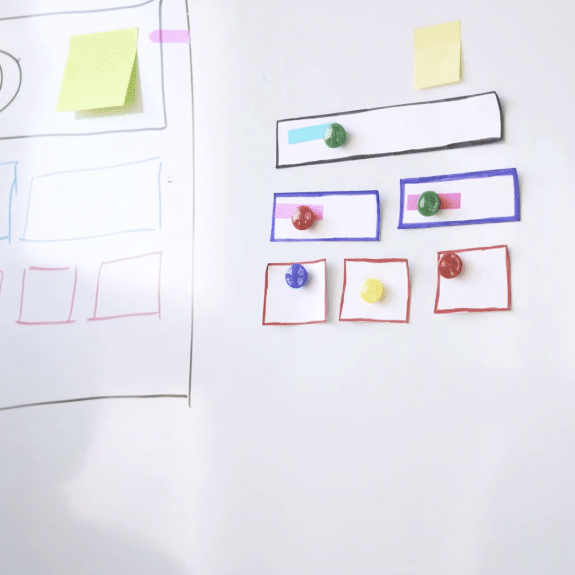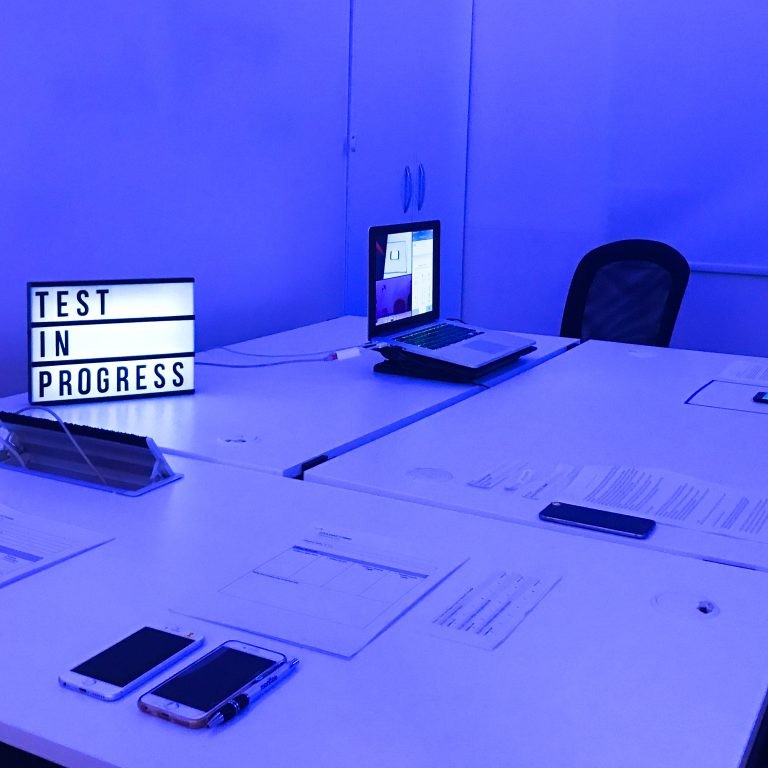Designing a Gift!
26/03/2019
Reading Time: 4 minutes
Being designer in project teams may seem quite easy for some but is actually one of the hardest tasks. Because everyone except you might think that they could be a ‘’designer for 15 minutes!’’. Things done by those who have more technical business are considered as Pandora’s Box as they are usually perceived as unknown areas, so people do not dare to get too close to them. What about design? Is that so?
People usually forget that a designer’s role covers both making the most suitable design for the target group and trying to make most of the people happy at the same time. The design itself might be perceived as a process of putting designer’s personal delight on paper or screen by those who cannot see from the viewpoint of a designer. For that reason, people even out of this business do not have any difficulty in making comments such as “Does not that colour look better?, “So the trend is flat, we can continue like that?”, “Amazon (Apple etc.) did like that maybe we can do similar things.” or some of the brave ones might even say “We can exactly make the same of theirs”. That’s true that everyone has their own delights, but people can easily make these comments as they are not actually aware of the fact that the designers do not create anything pursuing their own pleasures.
Don’t miss out the latestCommencis Thoughts and News.
Now! Think about designing a gift for someone!
Where to start?
Starting from thinking of a gift pleasing yourself or pleasing the receiver by considering their delights, habits, needs? It would be better to go with the second option if you’d like your gift to be used easily and with pleasure and to address a need or a problem. Otherwise, your gift will make neither the receiver nor yourself happy.
One of the magical powers of the designers is that on top of their own likes, to analyse habits and likes of other people and by feeling an empathy (another magical power!) with them to create functional, familiar, useful and admirable things for their use.
Even though users cannot express it when they meet the designs, as Charles Duhigg mentions in the book The Power of Habit, they want to feel a sense of security within them and they gravitate to the evoker! The thing that gives this trust to them is what they see in front of them and the habit that they cannot explain where it comes from. Things forming these habits may come from everything they contact in their lives such as social environment they live in, their daily lives, the inherited instincts by their ancestors and/or their code-designated genes.
Now let’s imagine a target group you’ll create the gift for. Imagine that they are middle-class people living in your country who go work every day, try to stay away from luxury consumption, usually plan inexpensive and affordable vacations, still live with their parents probably in a rent flat that we can say furnished in a very standard way.
Then imagine you chose Barcelona Chair as a gift. Let me help those who could not visualize it immediately. That is the Barcelona Chair and the self-positioning of it.
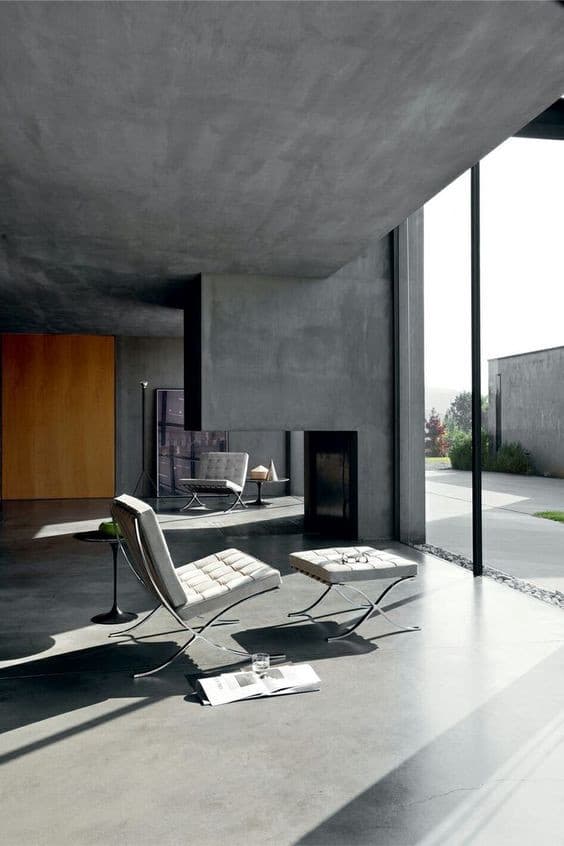
Now think about how you can fit this gift to your target’s group daily life, whether they can use it comfortably or not. Plus, if it fits their daily comfort zone. I guess it looks like an uncomfortable chair, at least for sure not convenient for laying down on it after work in pyjamas for zapping TV.
Here, is a more suitable gift for our target group’s habits 😉
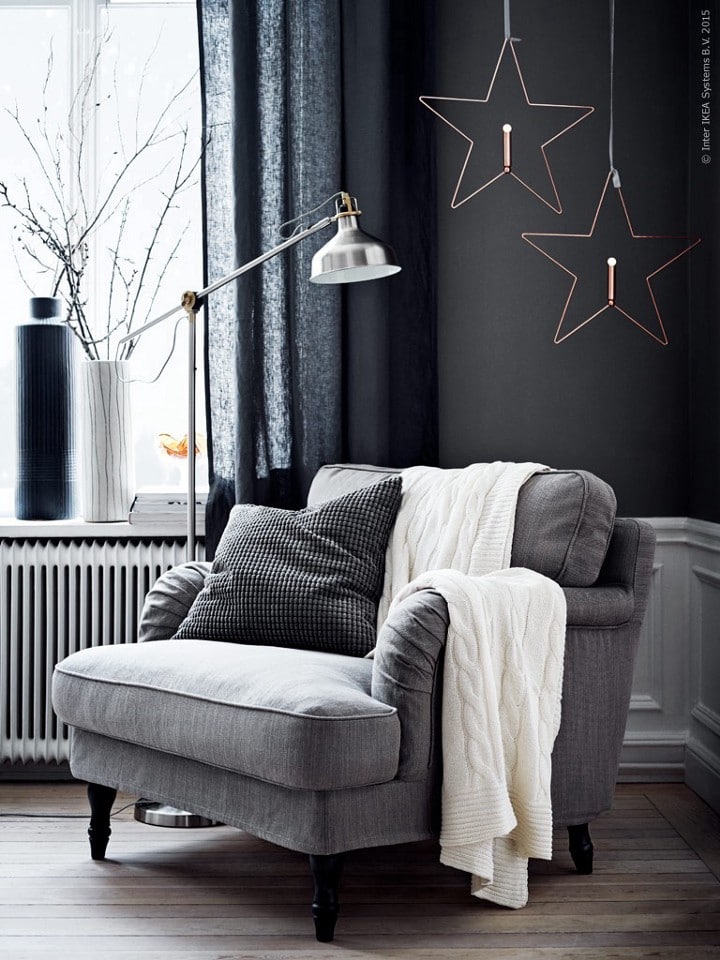
I guess, the main point I want to explain became clearer now ?
If we need to talk more on design, we must keep in mind that every detail in the final product has its own meaning and all details combined give way to another meaning. Every single sharp line or soft corner, every material, every dark or bright colour, each used word and every space have different meanings. And when all combined it takes on a unique meaning meeting the habits of different users.
For instance, let’s compare an ordinary water bottle our target group can see in a supermarket every day and the most expensive water bottle.
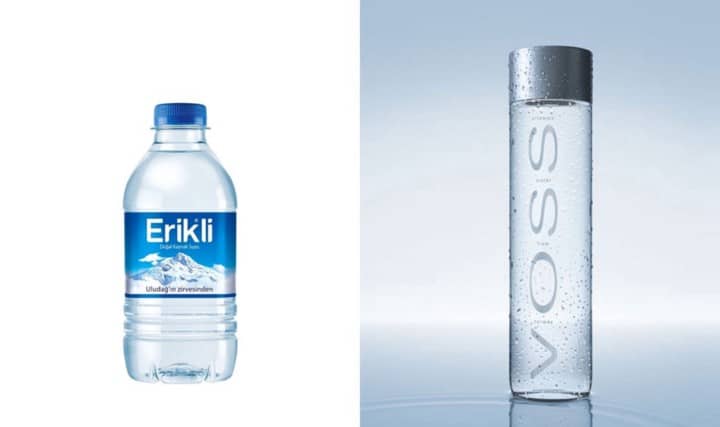
Two different designs that make us think that if there’s really water in both. Here our instincts and habits take us over and we are attracted by the product that makes us feel safe, the design that we believe for sure there is water inside. We’re inclined to choose the one that does not make us think if we’ll have enough money for dinner in case we buy it. I don’t go into the details of the differences such as simplicity levels of the design, font type, colours, materials that are used.
The designer uses another magical power here! This is the skill that makes a safe connection between target group’s real world and the designer’s imaginary world and by using this skill makes the target group feel safe without separating them from their real world which they are used to.
In fact, this article answers the question of why chair icons used in a real study are designed like that!
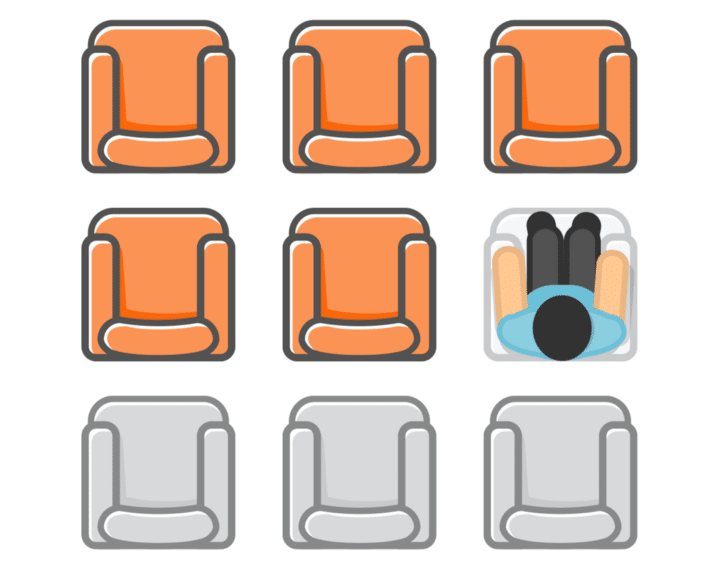
Yes, these chairs are designed according to the target group defined above. Without separating them from their real lives, by considering technical needs of the screen, each line thickness, colours and all other details are designed based on the comfort zone of users in their daily lives, thus focused on making them feel safe.
…and it is given as a gift to the user!
While even buying a simple gift, we think about many details. The designers think of every single detail to give to the people whom they’ve never met before a gift that is appealing, user-friendly, functional and makes them feel safe while using.
In Conclusion
Identify your target group. Put yourself in their places, learn every single detail that is used in designing (since they are changing constantly!) and design the correct gift by using these details. It is that easy 😉



